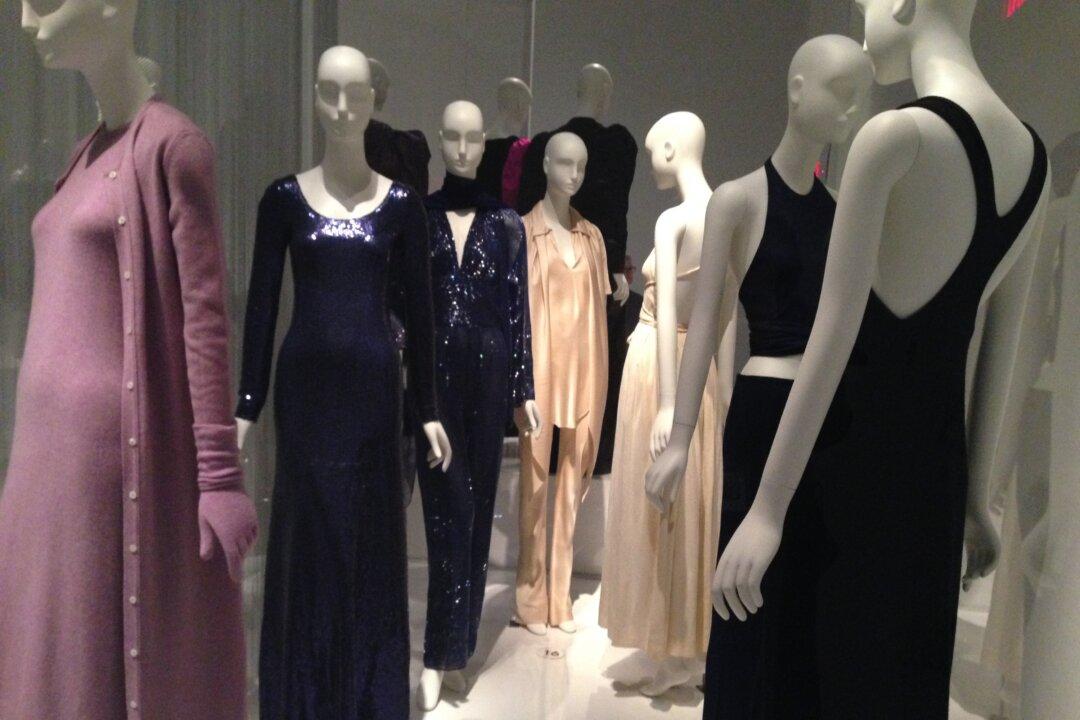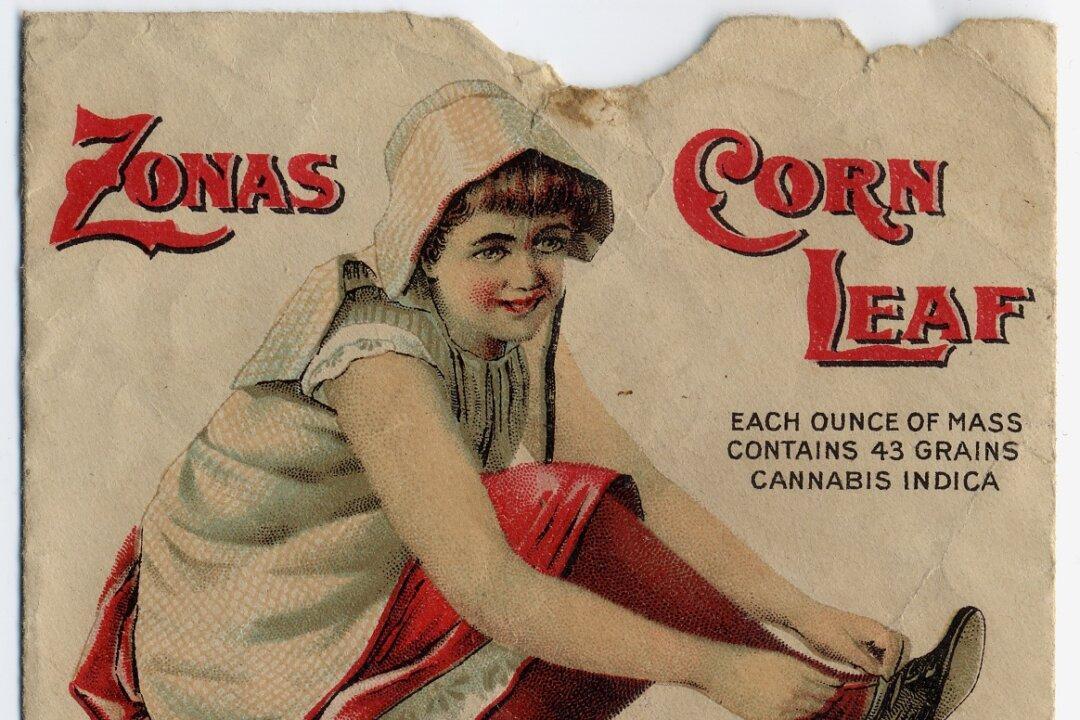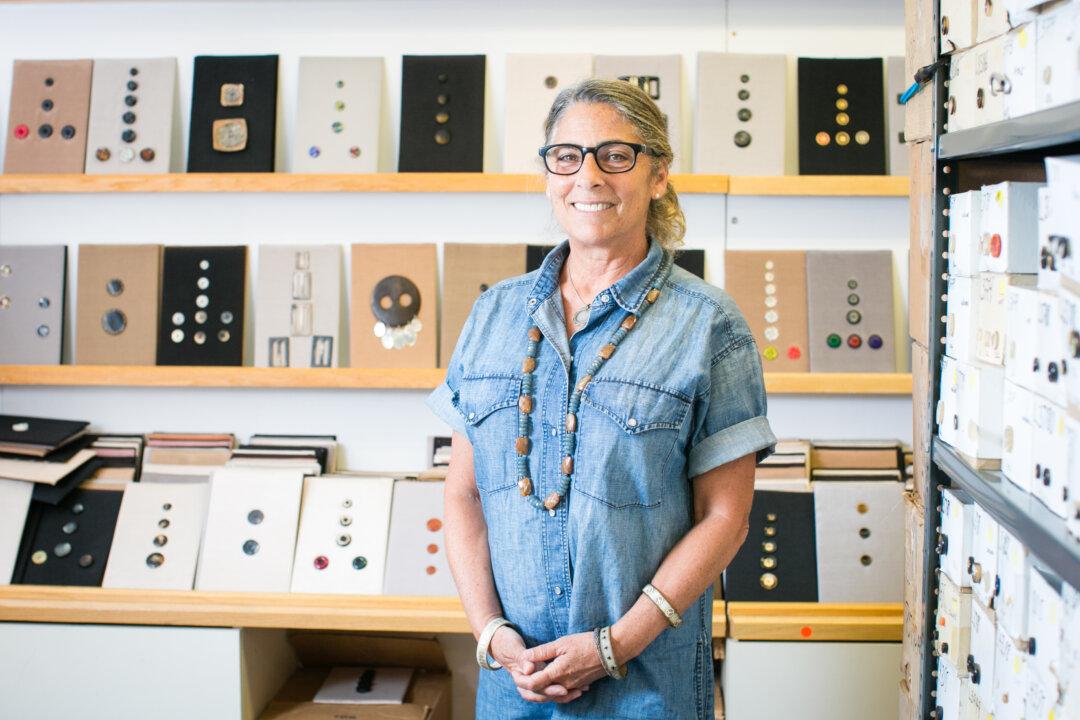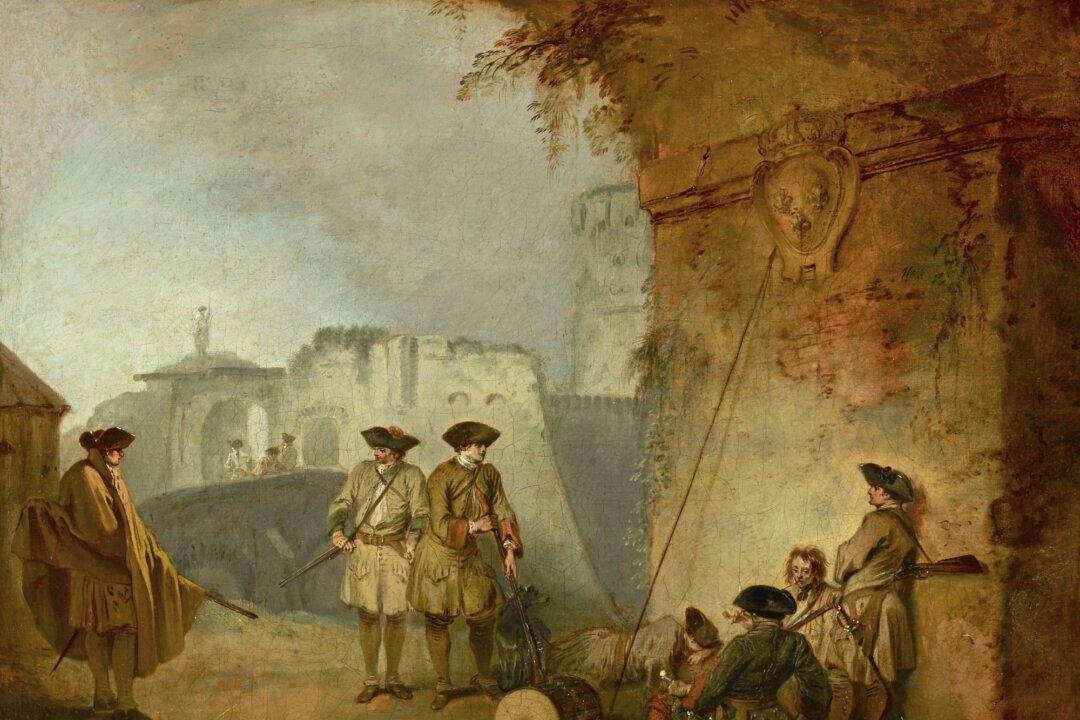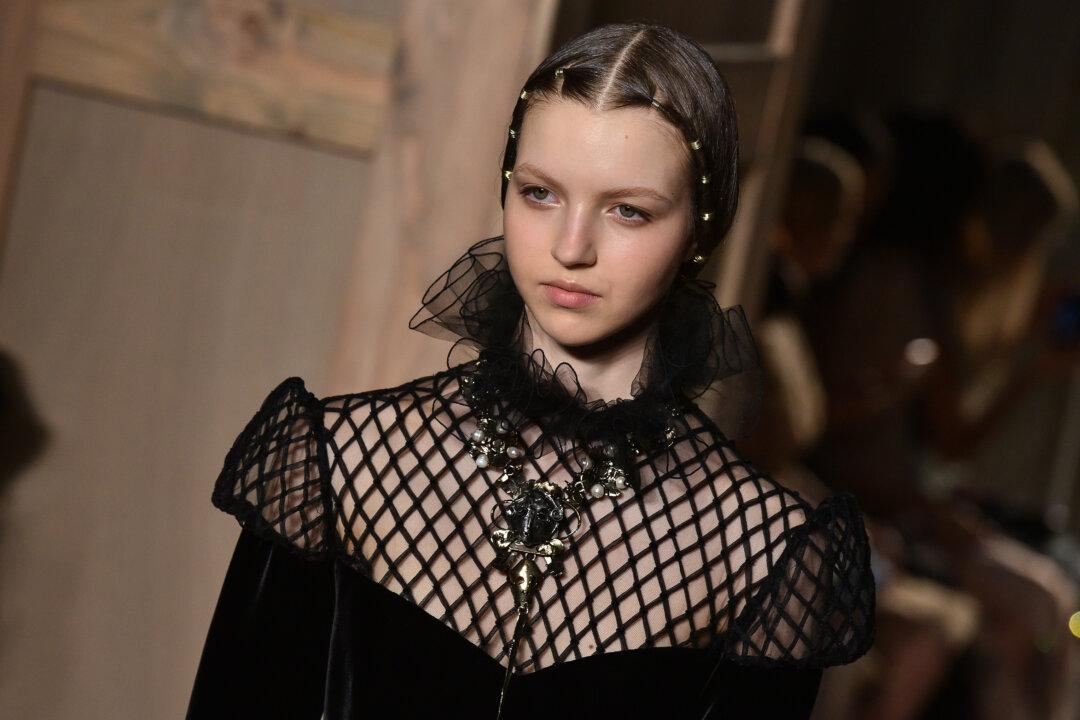With the dust still settling after the New York Fashion Week stampede of fashionistas, bloggers, and editors, we can take deep breaths again and contemplate the creations of designers past whose legacy continues to play a strong part in today’s fashions.
Currently on show at The Museum at the Fashion Institute of Technology (FIT) is “Yves Saint Laurent + Halston: Fashioning the ‘70s,” an exhibition that celebrates the two designers who defined the fashions of the 1970s but whose styles and innovations are still inextricably part of current womenswear. The fashion elements they created are so much part of our day-to-day wear that we cannot ever imagine a time when they weren’t.
Take the two-piece pant suit, or the importance of separates and having a wardrobe of basics to combine as we wish—these were concepts and habits that developed in the early 1970s when these two designers were tuned into women’s changing attitudes and habits.
This is the first time that Yves Saint Laurent’s (YSL) and Roy Halston’s work have been analyzed side by side, revealing some surprising facts.
“It was very shocking for us when we went in to start looking for pieces to fit into these different themes that we wanted to highlight. We were really struck by the juxtapositions that we started to see between some of the pieces,” said assistant curator of The Museum at FIT Emma McClendon, referring to herself and deputy director of The Museum at FIT Patricia Mears who organized the current exhibition.
The Zeitgeist of the ‘70s
As we walked through the exhibition McClendon put into perspective just how it came to be that the two designers were so successful in the early 1970s, explaining that the decade was an incredibly difficult time in fashion because dress codes broke down, counterculture really reached mainstream, and couture had fallen from its dominant position.
“I think that both of them tapped into the zeitgeist, looking at all the influences, and ended up pulling out of that very similar styles—as happens today with designers too,” said McClendon.
Both designers are equally represented by the approximately 80 ensembles and 20 accessories that are arranged thematically.

